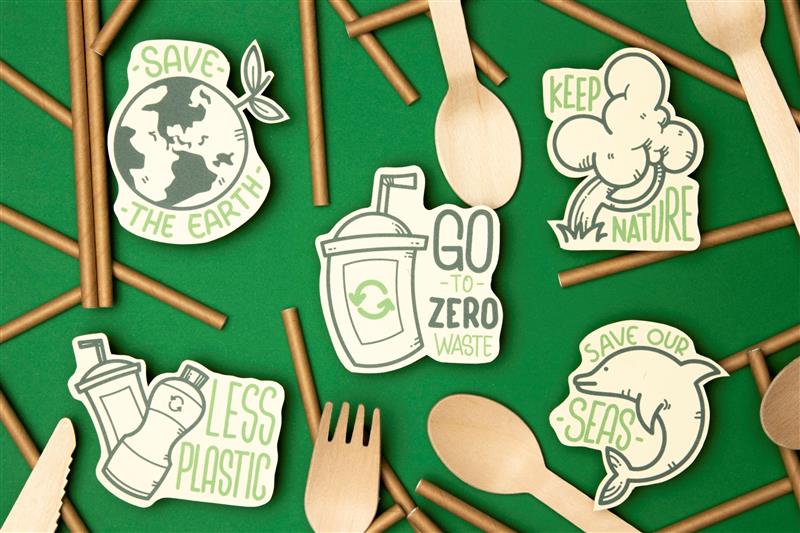
How shopping experiences and sustainability are shaping the future of Travel Retail
Technology, shopping experiences, sustainability and the global pandemic are just some of the elements affecting how consumers are shopping now and will in the future. These changes to the global retail landscape will also inevitably impact and shape the future travel retail environment.
Emotional and sensorial shopping experiences
“The shopping experience” will become increasingly important in the post-pandemic shopping environment. In order to attract shoppers to the physical retail space-- given the unstoppable rise of digital and social media--it will increasingly need to become a space where shoppers are confronted with a range of experiences, emotions and reactions, well beyond the one-dimensional Instagram backdrop. Texture, light, sound, and smell will increasingly take centre stage, as store designers combine the sensorial and the subconscious to generate experiences and memories that are not only visual, but also atmospheric.
Stores in the future will increasingly merge with the online retail environment, rather than compete, making it all the more important for retailers to up their game when it comes to their online offer. The physical store will become a space where brands and retailers can further express their personality. It would be serving as a showroom, where the engaging experience will encourage shoppers to then purchase online, after having touched, tasted and tried the product in the shop. As shopping centres of the future become “engagement centers”, travel retailers will need to focus on how to take the shopper on another type of journey experience, before, during and after their actual flight or cruise.

Sustainable Shopping
Sustainability – both social and environmental – will be one of the most defining trends of the post-pandemic retail evolution; travel retail will hopefully follow. It’s becoming paramount as part of a long-term shift to a more eco-friendly living and shopping behaviour. Consumers are already asking brands what they are doing to support this trend, which is particularly strong among Millennials and Gen Z consumers. These younger shopper segments identify themselves with sustainable values more than the older generation shoppers.
This is not just about the brand. Store design and product packaging are also an integral and important part of the more sustainable shopping experience that consumers are looking for. In addition to environmental sustainability, they are also increasingly discerning about the impact of a company’s operations across the entire supply chain: from ethical component sourcing, to water consumption and management, to pollution and waste disposal.
According to M1nd-set's travel consumer research, based on a survey of 1,500 consumers who have traveled internationally in the past 12 months, seventy-five percent of shoppers say they are concerned about product packaging and expect brands and retailers to invest in more sustainable alternatives. Almost two thirds of them stated that the packaging used on a product influences their purchasing decision; just about one third would not purchase food products with plastic packaging.




